Arabic modern Mehndi design
The Symbolism Behind Arabic modern Mehndi design: What Do They Mean?
Mehndi is more than just an art form; it is a language of symbols, a way to express emotions, beliefs, and cultural values through intricate patterns on the skin. The beauty of Arabic Mehndi designs lies not only in their flowing lines and elegant motifs but also in the deep meanings that these patterns carry. With the rise of Arabic modern Mehndi designs, the traditional elements have been reimagined and reinterpreted to fit contemporary aesthetics, while still preserving their symbolic essence.
In this article, we will explore the symbolism behind some of the most popular motifs found in Arabic modern Mehndi designs, helping you understand the cultural and spiritual meanings that these patterns convey.
The Floral Motifs: Blossoming Beauty and Feminine Grace
Flowers are perhaps the most common element in Arabic Mehndi designs, and for a good reason. In the Arabic culture, flowers symbolize beauty, purity, and growth. Each type of flower holds its own unique meaning:
- Roses: Often associated with love and passion, roses in Mehndi designs are used to represent deep emotional connections. A rose in a Mehndi design can signify love, beauty, and the strength of relationships.
- Lotus: Although more commonly associated with Indian and Hindu symbolism, the lotus has also found its place in Arabic modern Mehndi designs. It represents purity, enlightenment, and spiritual awakening. Its inclusion in Mehndi designs speaks to the beauty that can emerge from adversity.
- Vines and Leaves: Vines and leaves symbolize growth, vitality, and the continuity of life. They are often used as connectors between other symbols, representing the unending cycle of life and the connection between past, present, and future.
In modern designs, these floral elements are often stylized with bold outlines and minimal shading, giving them a contemporary look while maintaining their symbolic roots.
Geometric Patterns: Order and Harmony in Arabic modern Mehndi design
Geometric patterns are a hallmark of Arabic art and architecture, and they have seamlessly made their way into Mehndi designs. These patterns, composed of repeated shapes like triangles, squares, and circles, represent the order and harmony of the universe.
- Circles: A circle in Mehndi art represents eternity and the infinite nature of life. It symbolizes the idea that there is no beginning or end, just an ongoing journey. In modern designs, circles are often used as central motifs, surrounded by other elements to create a balanced composition.
- Triangles: Triangles can represent strength, stability, and the connection between the mind, body, and spirit. In many Arabic modern Mehndi designs, you will see triangles used in combination with other shapes to form complex, interconnected patterns.
- Diamonds and Squares: These shapes symbolize balance, structure, and stability. They are often used to fill spaces in larger designs, providing a sense of completeness and order.
In contemporary interpretations, geometric patterns are often made bolder, with clean lines and sharper angles, creating a modern aesthetic that still resonates with its traditional symbolism.
Paisley Patterns: The Symbol of Prosperity and Spirituality
The paisley, known as “boteh” in Persian, is a popular motif in Arabic Mehndi designs. Its teardrop shape is said to represent a combination of a floral spray and a cypress tree, symbolizing life and eternity. In Arabic culture, the paisley is often associated with prosperity, fertility, and spirituality.
In modern designs, the paisley pattern is often simplified and stylized, making it easier to incorporate into smaller, more intricate designs. This allows for greater versatility while still honoring the motif’s rich history and symbolism.
Best For: Women seeking designs that blend traditional symbolism with modern aesthetics, reflecting prosperity and spiritual growth.
The Moon and Stars: A Symbol of Guidance and Protection
The moon and stars are deeply symbolic in Arabic culture, often representing guidance, protection, and the divine. The crescent moon, in particular, is a powerful symbol of Islam and is used to signify faith, intuition, and the feminine principle.
- Crescent Moon: In Mehndi designs, the crescent moon is often used to symbolize femininity and the cyclical nature of life. It’s a reminder of the phases of life and the importance of embracing change and growth.
- Stars: Stars represent hope, dreams, and guidance. They are often used alongside the moon in Mehndi designs to signify the idea of looking up to the heavens for inspiration and protection.
In modern designs, the moon and stars are often rendered with delicate lines and minimalist details, fitting well into the broader design without overpowering it.



Peacocks: Elegance, Beauty, and Immortality
Peacocks are a beloved motif in both traditional and modern Mehndi designs, representing beauty, elegance, and immortality. In Arabic culture, the peacock is often seen as a symbol of renewal and eternal life, as its feathers renew themselves each year.
- Full Peacock: A full peacock design, with its intricately detailed feathers, is used to symbolize grace and beauty. It’s often placed prominently on the hand or arm, making it the focal point of the design.
- Peacock Feathers: For a more subtle approach, individual peacock feathers are used to add a touch of elegance and sophistication to the design. Each feather can represent different aspects of life, such as love, protection, and wisdom.
In modern designs, peacock motifs are often more abstract and stylized, with fewer details but a greater focus on shape and flow, making them ideal for minimalist and elegant Mehndi art.
The Modern Interpretation of Arabic Mehndi Symbols
While traditional Arabic Mehndi designs were often more elaborate, Arabic modern Mehndi designs have brought a fresh perspective by simplifying and stylizing these symbolic elements. The focus is now on clean lines, negative space, and a balance between bold and delicate details. This modern approach allows the symbolism to shine through more clearly, making each design not just a piece of art but a meaningful statement.
Understanding the symbolism behind these motifs allows us to appreciate Mehndi not just as a decorative art form but as a language that tells stories and conveys values through its patterns. Whether you’re choosing a design for a special occasion or simply exploring the art form, knowing the meaning behind the symbols can add a deeper level of connection and appreciation for this beautiful tradition.
Recent designs
Arabic modern Mehndi design
By Rohit Kumar at 2 months ago
The Symbolism Behind Arabic modern Mehndi design: What Do They Mean? Mehndi is more than just an art form; it...
Read moreBest Arabic Mehndi design
By Chris Labrooy at 2 months ago
Best Arabic Mehndi Design: A Symphony of Lines and Emotions When I create digital art, I often find myself lost...
Read moreArabic Bangle Mehndi design
By Rohit Kumar at 2 months ago
Arabic Bangle Mehndi Design: A Dance of Tradition and Elegance As a photographer, I’ve always been captivated by the beauty...
Read morePopullar
Best Arabic Mehndi design
By Chris Labrooy at 2 months ago
Arabic modern Mehndi design
By Rohit Kumar at 2 months ago

Front hand palm Mehndi design
By Anisha Vivek at 5 months ago

Front hand one side Mehndi design
By Karnesh Sharma at 5 months ago
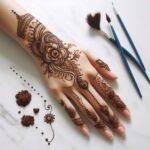
Simple Mehndi designs
By Karnesh Sharma at 6 months ago
Top rating
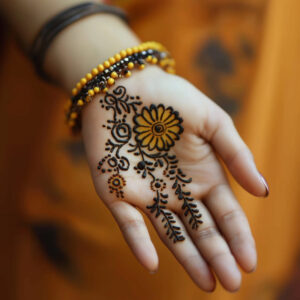
Round Mehndi design front hand
By Rohit Kumar at 5 months ago
Round Mehndi Design Front Hand – A Simple and Classic Choice The soft hum of conversation filled the room as...
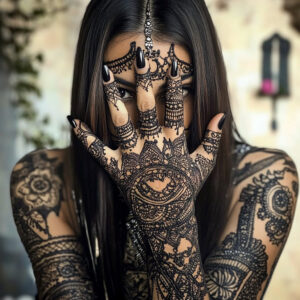
Heavy Mehndi designs for back hands
By David McLeod at 5 months ago
Heavy Mehndi Designs: A Love Story Hey there, mehndi enthusiasts! 👋✨ So, picture this: I’m at my bestie’s pre-wedding bash,...
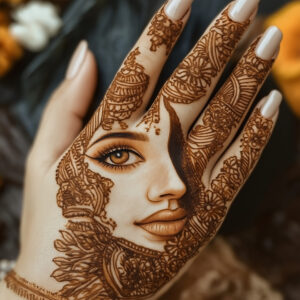
Bridal Mehndi design 2023
By Sudhir Shivaram at 6 months ago
Bridal Mehndi Design 2023: A Journey Through Tradition and Modernity There’s something truly fascinating about watching a tradition evolve over...
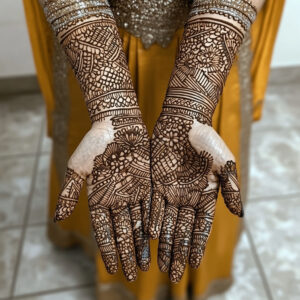
Modern front hand mehndi design
By Sudhir Shivaram at 5 months ago
Modern Front Hand Mehndi Design: Where Minimalism Meets Bold Creativity Art is everywhere, even in the smallest details. Whether it’s...
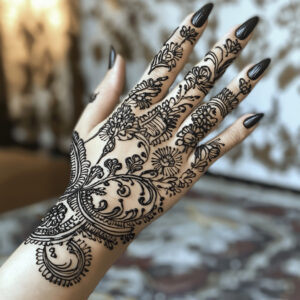
Arabic Mehndi design
By Itzcoatl Nuka at 3 months ago
Arabic Mehndi Design: Crafting Symmetry and Movement on Skin As a sculptor, I’ve always been fascinated by the beauty in...
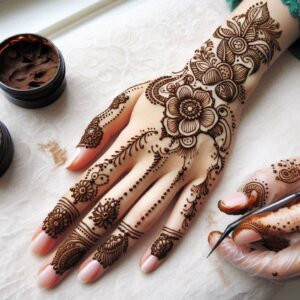


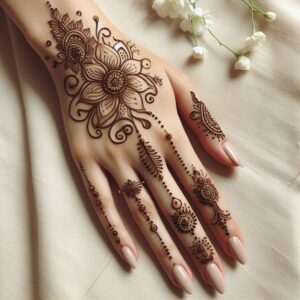
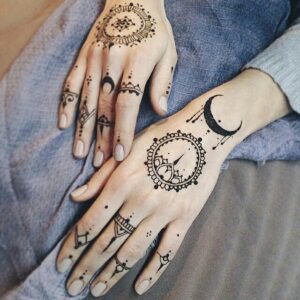
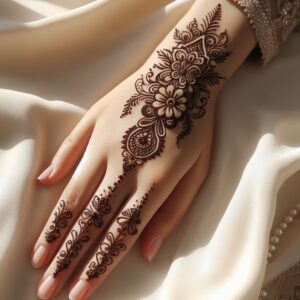
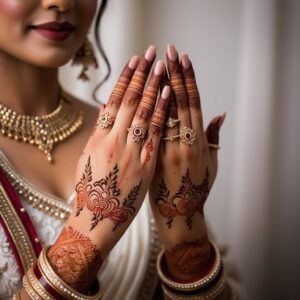
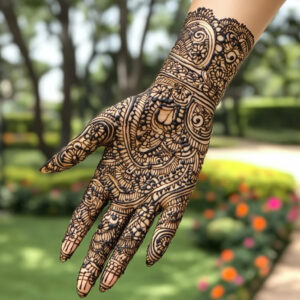


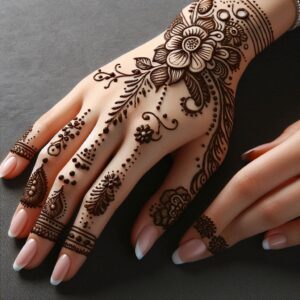
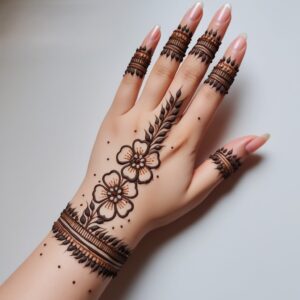

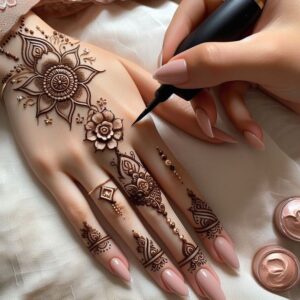
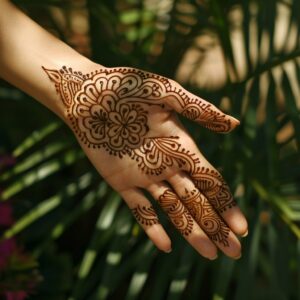
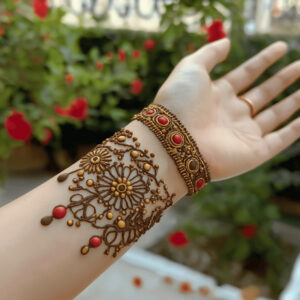
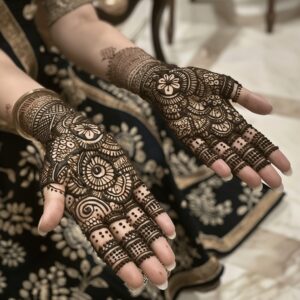
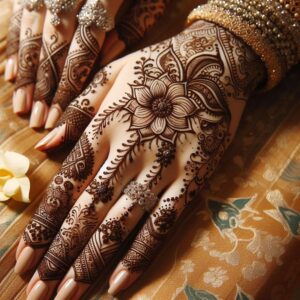

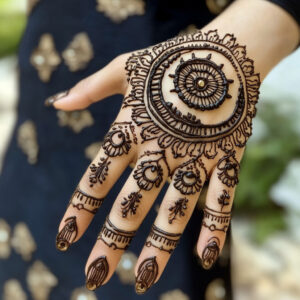
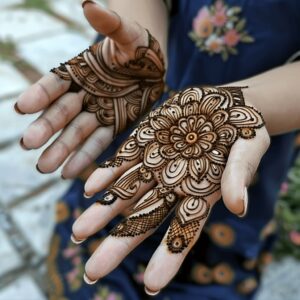
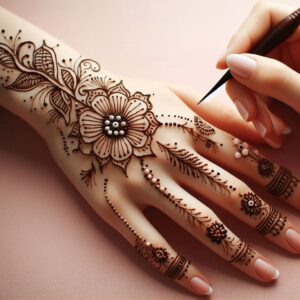
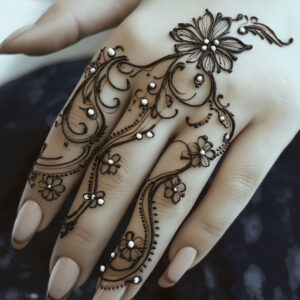
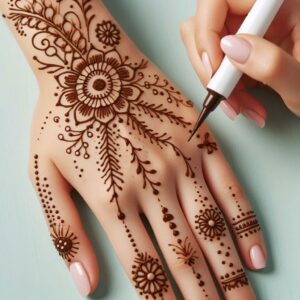
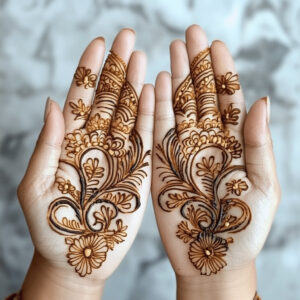

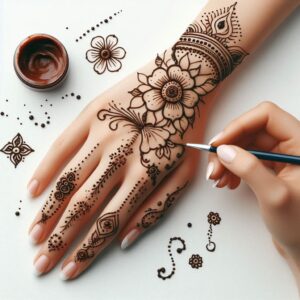
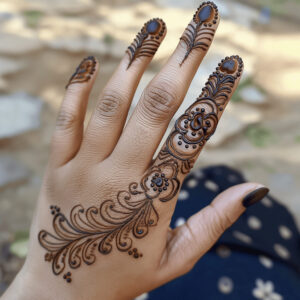
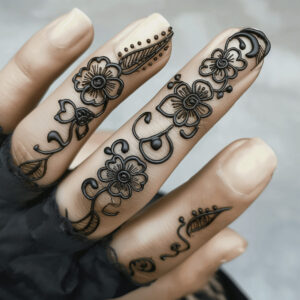
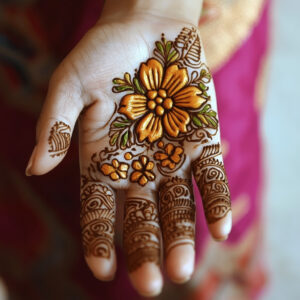
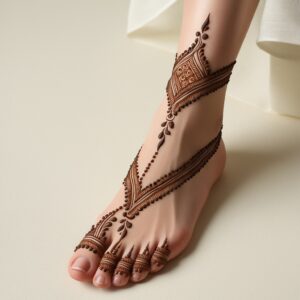
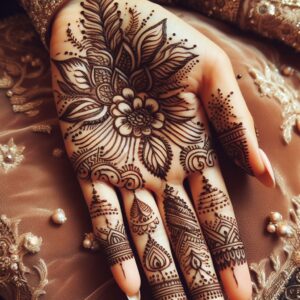
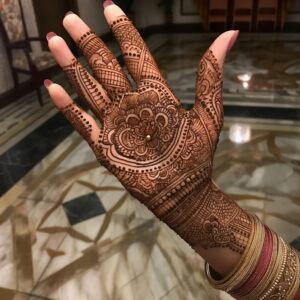
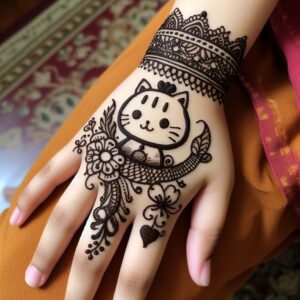
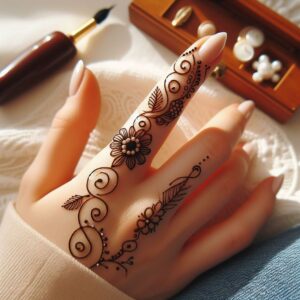

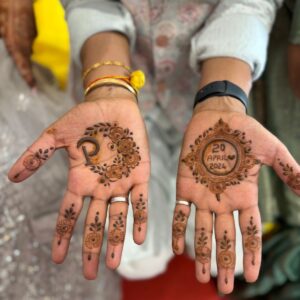

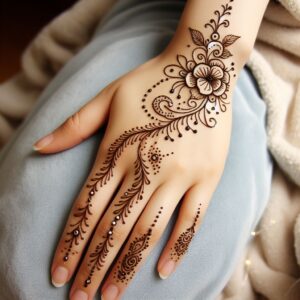


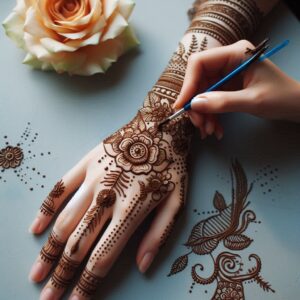
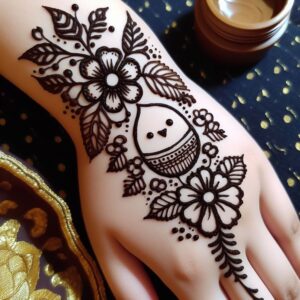
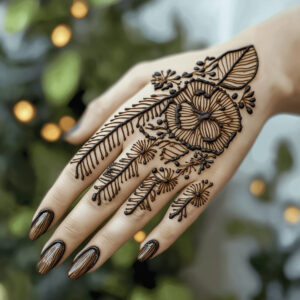

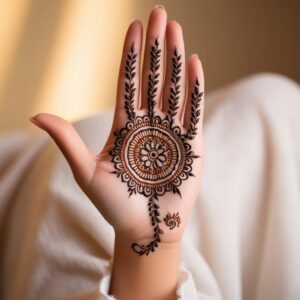
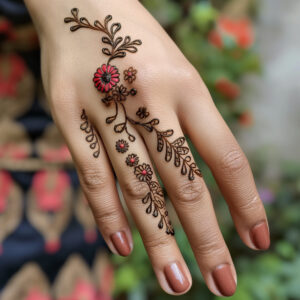

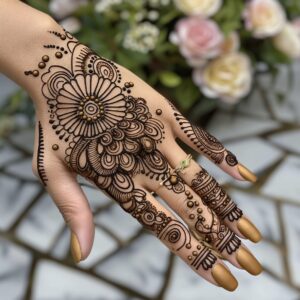
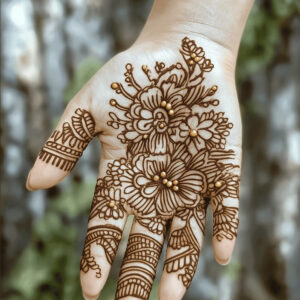
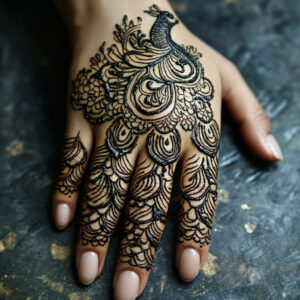
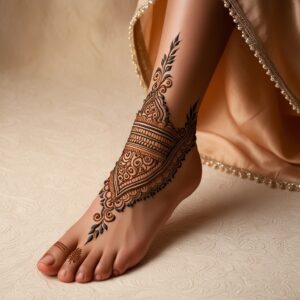



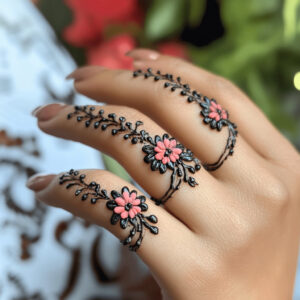
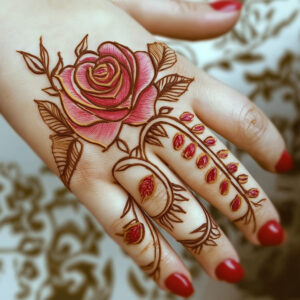

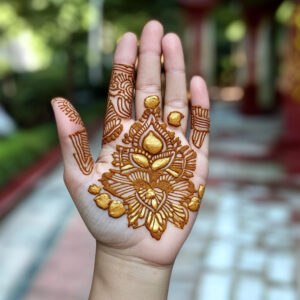
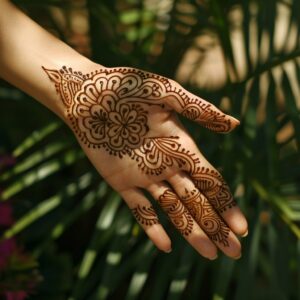
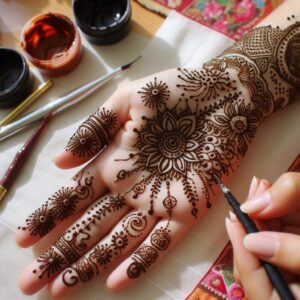
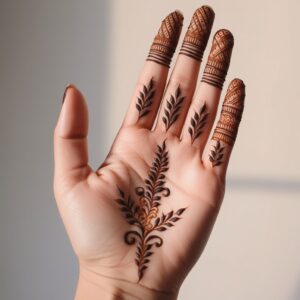
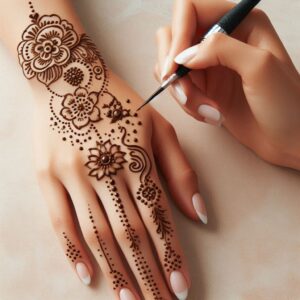
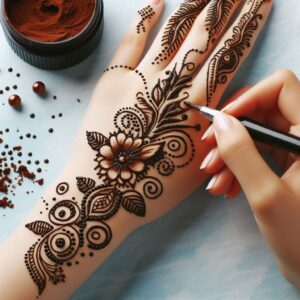
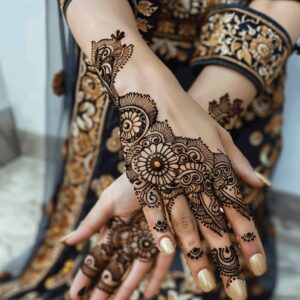
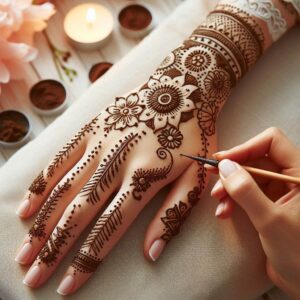
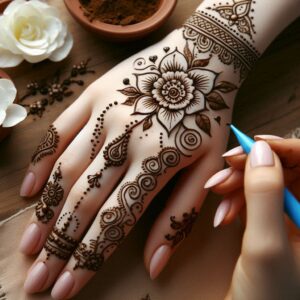
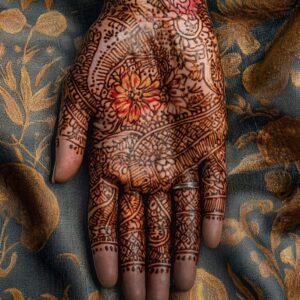
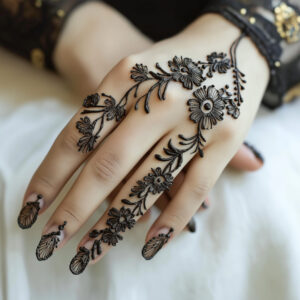
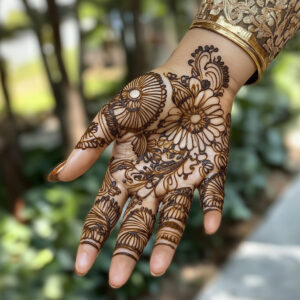
Leave a comment